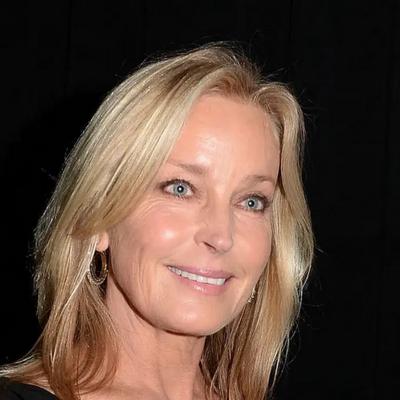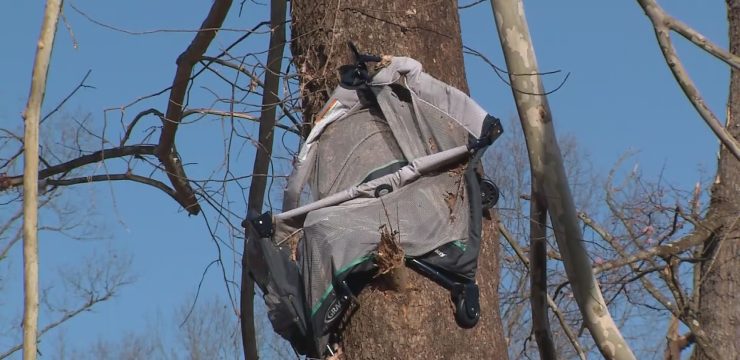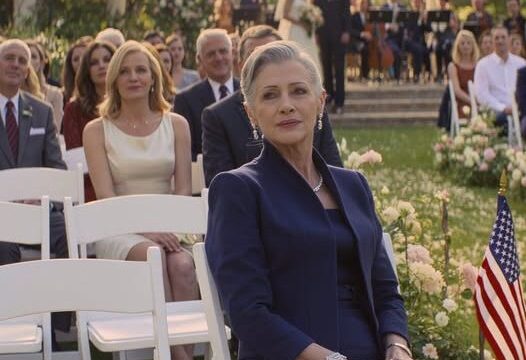Bo Derek remains one of the most unforgettable icons of late 20th-century Hollywood, especially for those who came of age in the 1970s. With her striking blonde hair, piercing blue eyes, and signature braided hairstyle, she quickly became a symbol of beauty and glamour. Her breakout role in the 1979 film 10 made her a household name, and even though her time in the Hollywood spotlight was relatively brief, her image left a lasting impact.

Many people still wonder what happened to her after that meteoric rise—why she stepped away from acting and what she’s doing today. Born Mary Cathleen Collins on November 20, 1956, in Long Beach, California, she grew up in a modest home with hardworking parents—her father a sales executive and her mother a makeup artist. As a teenager, she was passionate about two things: horses and acting. Her love for horses led her to compete in numerous equestrian events, while her passion for performing arts pushed her to enroll in acting classes, paving the way for her future in the entertainment industry. Bo’s entry into film began with Orca in 1977, a thriller inspired by the success of Jaws, where she played a role that involved a dramatic encounter with a killer whale.
However, her true rise to fame came two years later when she starred in Blake Edwards’ 10. With her cornrow-style braids and effortless charm, she captured the attention of audiences everywhere. Despite this success, her film career didn’t follow the typical trajectory. She took on roles in controversial or provocative films like Tarzan, The Ape Man (1981), Bolero (1984), and Ghosts Can’t Do It (1990), which didn’t receive the same acclaim but nonetheless solidified her status as a cultural figure. A major part of Bo Derek’s story involves her relationship with director John Derek, whom she met when she was just 16. At the time, John was married to actress Linda Evans.
Their romantic relationship didn’t begin until later, but because Bo was still underage, the couple spent time in Mexico and Europe to avoid legal trouble in the United States. They married when Bo was 19 and John was 48, and their relationship, though controversial, endured until John’s death. Bo later admitted to feeling guilty over the pain Linda Evans endured, acknowledging her role in the breakdown of that marriage. She recalled attending a charity event where she saw Linda years later, still kind and graceful, and confessed that being in her presence brought back deep feelings of remorse. Interestingly, while John Derek did not direct 10, he was the creative force behind Bo’s iconic look in the film. As a photographer, he styled her and suggested she show Blake Edwards the braided hairstyle, which ultimately became one of the most recognizable beauty statements of the era.
His influence on her public image was significant and long-lasting. After John’s passing from heart failure in 1998, Bo was devastated and uncertain whether she would ever love again. For a while, she focused on personal healing and rediscovered her early love for horses. Over time, she became a strong advocate for animal rights and welfare. Her dedication extended beyond animals—she was also named the honorary chair of National Rehabilitation Special Events by the U.S. Department of Veterans Affairs. In her own words, she expressed how important it was to support events that helped veterans regain their independence and improve their quality of life, emphasizing how honored she felt to contribute to such a meaningful cause. Eventually, love found her again. Bo began a relationship with actor John Corbett, best known for his role in Sex and the City. The couple quietly tied the knot after two decades together, choosing to keep their wedding intimate and away from public attention. Today, Bo Derek lives a peaceful life away from the Hollywood spotlight, but her legacy continues through both her iconic roles and her humanitarian work. Her name still evokes memories of a timeless beauty who left an indelible mark not just in film, but also in advocacy and compassion.





